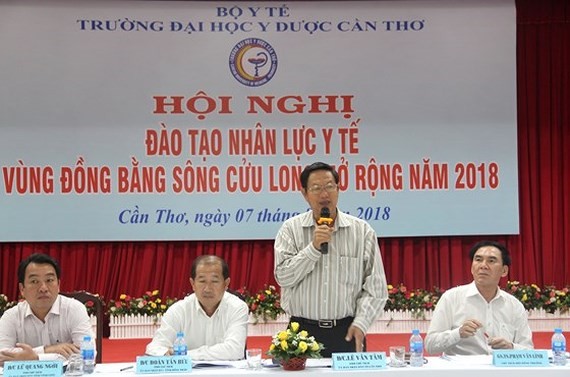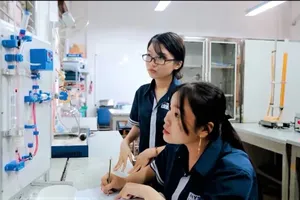
Statistically, by 2018, the region has 7.85 practicing doctors and 1.39 pharmacists per 10,000 population which failed to achieve the government’s decision No. 122/QD-TTg on strategies on taking care and improving people’s health in the period 2011 – 2020 with the vision to 2030.
Specifically, An Giang province to the west has 6.30 doctors per 10,000 residents, lowest in the region followed by Tien Giang Province with 6.32 doctor per 10,000 people. Long An Province has fewest pharmacists with 0.71 ones per 10,000 people.
The Mekong delta City of Can Tho is considered to have most doctors and pharmacists with 11.54 doctors and 12.49 pharmacists per 10,000 residents.
Additionally, shortage of medical workers is more serious for treating tuberculosis, leprosy, mental illness, forensic medicine, and surgery. Merely four forensic experts are working in 13 forensic centers in the region.
While eight tuberculosis infirmaries in the region have been operated; notwithstanding, just around one to five tuberculosis doctors are working in these facilities.
In 2018, about 1.229 doctors, pharmacists and technicians have graduated from Can Tho Medicine University. So far, the school has been allowed to train 1,450 students; 80 percent of which will be for the region.
However, local governments said training can’t meet increased demand; therefore, they proposed increasing training quotas while the Ministry of Health has not approved this, yet.
























